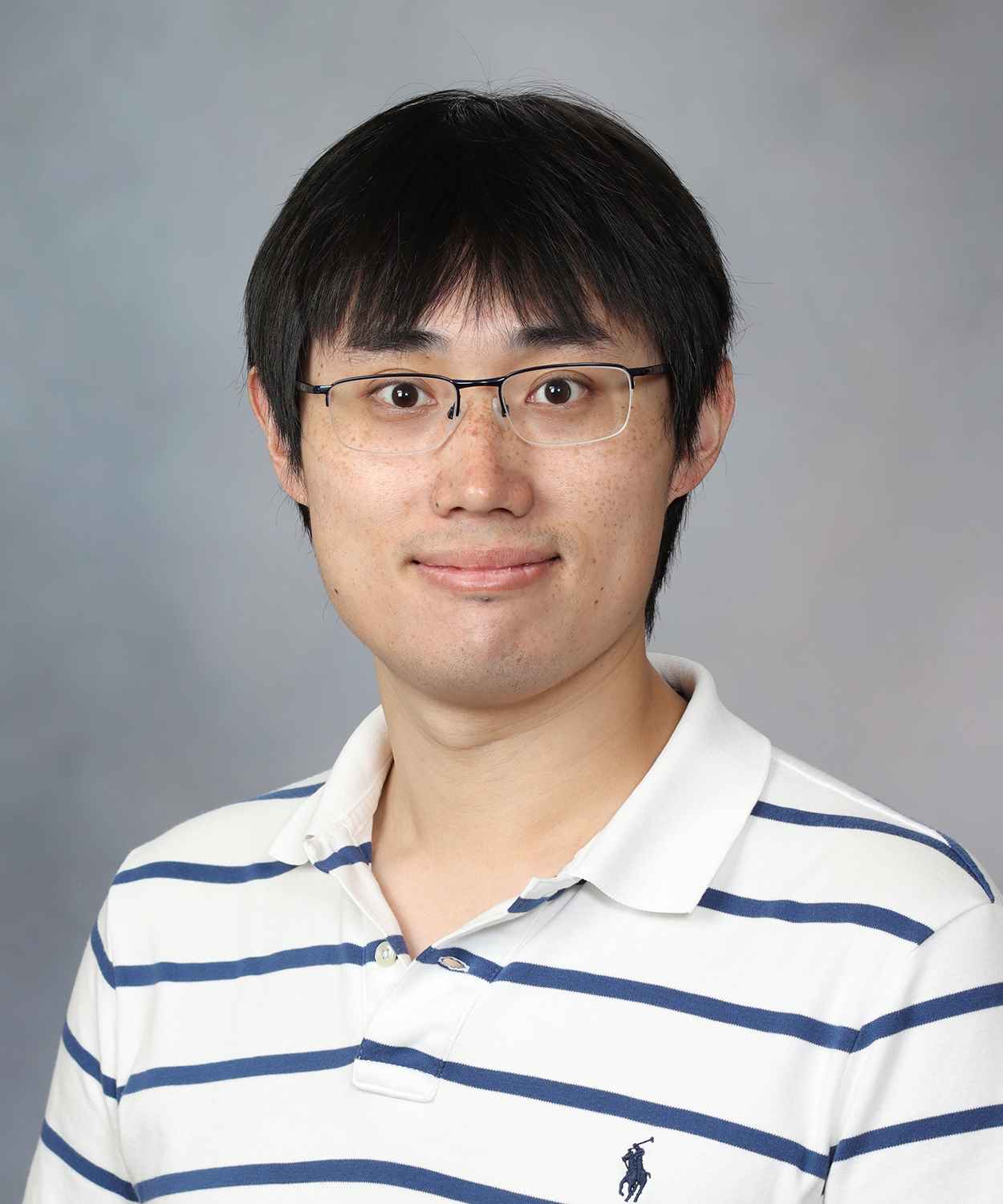Accurate and Efficient Measurement of Channelized Hotelling Observer-Based Low-Contrast Detectability On the ACR Accreditation Phantom
Presentations
WE-D-TRACK 3-7 (Wednesday, 7/28/2021) 2:00 PM - 3:00 PM [Eastern Time (GMT-4)]
Purpose: To optimize channel filters and many other parameters in channelized Hotelling observer (CHO) so that the low-contrast detectability can be accurately and efficiently estimated for the widely used American College of Radiology (ACR) accreditation phantom.
Methods: A large number of repeated scans is typically required in CHO calculation to provide accurate and precise estimate of index of detectability (d’). The main goal of optimization is to minimize the number of repeated scans and make it practically feasible. To provide a reference standard for optimization, an ACR phantom was repeatedly scanned 100 times at three dose levels (24, 12 and 6 mGy). Images were reconstructed with two kernels (FBP Br44 and IR Br44-3). d’ as a function of number of repeated scans was determined for different channel filter options, different number of low-contrast objects, different number of background regions of interest (ROIs), and different number of slices per each object. The bias of d’ was quantified using the d’ calculated from all 100 repeated scans as reference. The variation of d’ at each condition was estimated using a resampling method combining bootstrapping and random sampling among all 100 repeated scans.
Results: Optimized parameters in CHO calculation were determined: 9 non-overlapping slices per object, 4 objects per low-contrast object size, 2 background ROIs per object, and 4 channel filters. The bias and standard deviation were estimated at different numbers of repeated scans using these parameters. If only one single scan was used in the CHO calculation, the bias of d’ was within 6%. However, the uncertainty remains high (16-21%). In order to limit the uncertainty to be 10%, 2-3 repeated scans were still required at routine dose levels.
Conclusion: With optimized parameter settings in CHO, efficient and accurate measurement of low-contrast detectability on the commonly used ACR phantom becomes feasible.
Funding Support, Disclosures, and Conflict of Interest: Research reported in this work was supported by the National Institutes of Health under award number U24EB028936. The content is solely the responsibility of the authors and does not necessarily represent the official views of the National Institute of Health.
Handouts
Keywords
Taxonomy
IM- CT: Quality Control and Image Quality Assessment
Contact Email



